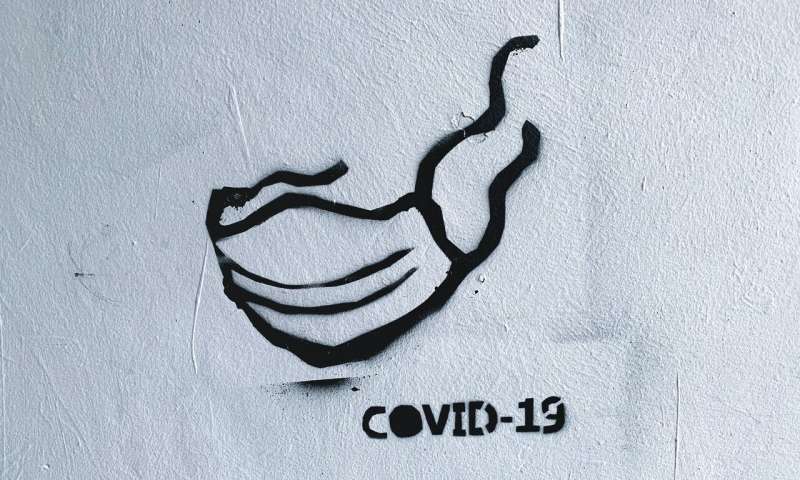
A plan to ensure COVID-19 vaccines reach the world’s poorest can finally swing into delivery mode after the World Health Organization approved the AstraZeneca jab on Monday.
Covax is the globally-pooled coronavirus vaccine procurement and equitable distribution effort, which was set up to secure enough COVID-19 vaccines this year for at least the most vulnerable 20 percent in every country, rich or poor.
Its first wave of distribution, which is almost entirely reliant on the AstraZeneca (AZ) vaccine, can now go ahead following the WHO green light.
Since December, dozens of the world’s wealthiest countries have begun vaccination campaigns in a bid to curb the coronavirus pandemic.
Via Covax, poorer nations should now start receiving their very first doses from the end of this month.
How Covax works
Aimed at pooling the risk and rewards, Covax is inspired by previous mechanisms that facilitated universal and equitable access to pneumococcal and Ebola vaccines.
It guarantees the purchase of a fixed volume of COVID-19 vaccines even before they have been approved for use.
Covax thereby aims to give pharmaceutical companies the confidence to invest in production, and ensures vaccines are ready to roll once regulators give the go-ahead.
The intention is to ensure poorer nations can vaccinate too, on the basis that the pandemic will remain a global threat if not tackled worldwide.
Some 198 countries and territories are participating.
For the 92 lower- and lower-middle income economies involved, funding is covered through donations from governments and organisations.
For richer countries, buying into Covax’s bulk purchases operates like a back-up insurance policy for their own direct deals with vaccine producers.
Which vaccines are in?
Covax has struck agreements with manufacturers for two billion vaccine doses in 2021, and has secured options on a further billion.
The deals so far are for:
— 1.1 billion doses from the Serum Institute of India (SII), which is making AZ and Novavax vaccines;
— 500 million from Johnson and Johnson Janssen;
— 200 million from Sanofi-GSK;
— 170 million from AZ, produced in South Korea;
— 40 million from Pfizer-BioNTech.
Covax is open to signing deals for other vaccines that would broaden the portfolio.
First wave roll-out
The distribution list issued on February 3 broke down the programme’s initial 337.2 million doses. First deliveries are expected in late February.
Some 145 participating economies are set to receive enough doses to immunise 3.3 percent of their collective population by mid-2021.
Only AZ and Pfizer are in the first wave of distribution as they are the only two vaccines with WHO emergency use validation.
The distribution list includes 240 million AZ doses from the SII; 96 million AZ doses being produced in South Korea; and 1.2 million Pfizer doses.
Both vaccines require two injected doses.
UNICEF, the United Nations Children’s Fund, has the most experience in UN vaccine logistics and is preparing to transport up to 850 tonnes of doses per month.
Destination countries
Countries will receive doses in proportion to population size, with the most in the first wave going to India (97.2 million), Pakistan (17.2 million), Nigeria (16 million), Indonesia (13.7 million), Bangladesh (12.8 million) and Brazil (10.6 million).
Wealthy self-financing countries are on the list, including South Korea (2.6 million doses), Canada (1.9 million) and New Zealand (250,000).
Tuvalu is set to receive the smallest number of doses at 4,800, followed by Nauru and Monaco with 7,200 each.
The Pfizer-BioNTech doses—requiring special ultra-cold storage—are destined for 18 economies by the end of March, with Colombia, Peru, the Philippines, South Africa, South Korea and Ukraine getting the most at 117,000 doses each.
Covax financing
The Covax facility was launched in June 2020 at the Global Vaccine Summit.
It is co-led by the WHO as well as the Gavi vaccine alliance and CEPI, the Coalition for Epidemic Preparedness Innovations.
It needed an initial $2 billion last year to kick-start the programme and has thus far secured more than $6 billion in pledges.
Source: Read Full Article
